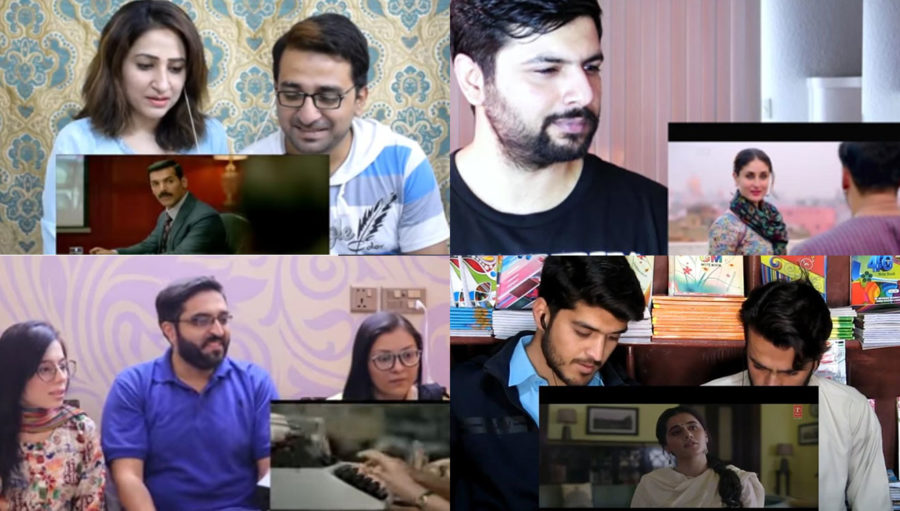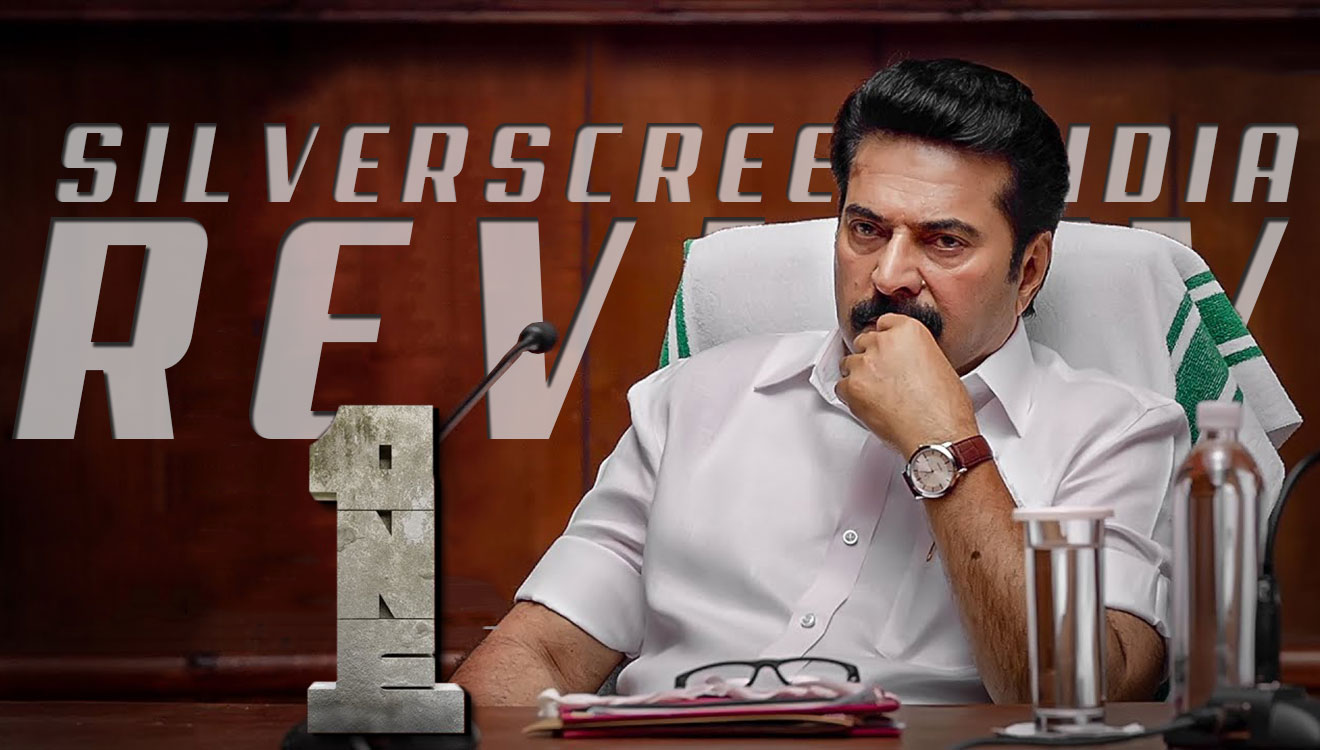Films on security threats, wars and tussles between India and Pakistan have been a staple in Hindi cinema for years.
These crop of films started since 1970s with Hindustan Ki Kasam (1973) and Aakraman (1975) after the 1971 Indo-Pak war and continue to find favour with the masses. Films like Border (1997), Gadar: Ek Prem Katha (2001), LOC Kargil (2003), Raazi (2018), and Uri: The Surgical Strike (2019) continue to instil nationalistic fervour. Many of these films have been banned in Pakistan and Afghanistan for their controversial content and depiction of the neighbouring country.
Hindi cinema has a big fan base among South Asian countries. Since the advent of the internet revolution, a generation of young Pakistanis have taken to YouTube to express their views on the portrayal of their country in these films. Some of these YouTubers have shed light on the accuracy of the films’ characterisation of the so-called enemy country.
Reaction videos from Pakistan have given rise to healthy discussions, debates and knowledge-sharing between the two neighbouring countries, creating a space for borderless discourse.
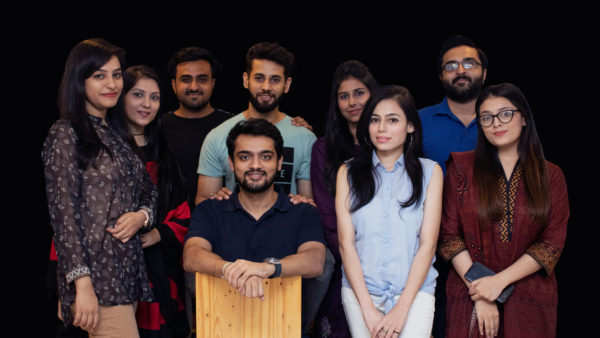
Popular channels like News, Views and Update, Namkeen Sach and Pakistani Reactions have over lakhs of subscribers. Speaking to Silverscreen India, these YouTubers chart their journey into the world of the internet, their interaction with the subscribers and speak about the internet being a soft power in international relations.
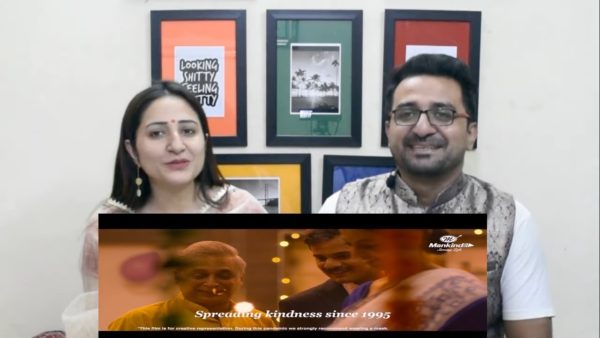
Know thy neighbour
Reaction videos are a simple way to know your neighbour, say Iman and Moazzam, admins of News, Views and Updates, a Pakistani YouTube Channel.
YouTubers from Pakistan, Afghanistan, Nepal and Bangladesh have been making reaction-based content for years. YouTubers like Namkeen Sach (with 4.3 lakh subscribers), Pakistani Reactions (3.02 lakh subscribers), and Afghan Reactors (Afghan channel with 15,600 subscribers), talk about all kinds of Hindi films, songs, trailers and teasers.
Interestingly, according to YouTube analytics, between 2019 and 2020, for Namkeen Sach– a Pakistani channel which reacts to Indian popular culture- Indian viewers account for 45% of its total viewership. Bangladesh (25%), Pakistan (20%) and other countries (10%) account for the rest.
These ‘reactors’ on channels mostly include working professionals, students and even some aspiring civil servants.
The two members of YouTube channel Pindi Reactions– Luqman Ahmed Cheema and Adil- are engineers. Luqman works as a civil engineer in a Pakistani construction company and Adil is a CCS aspirant (equivalent to India’s UPSC).
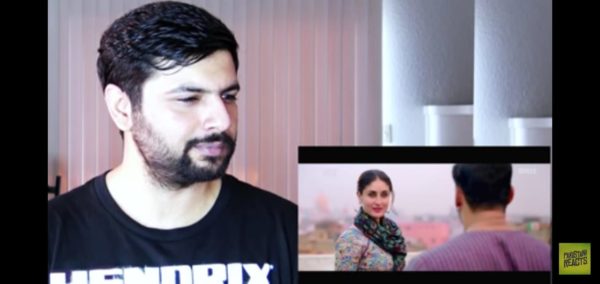
“In Pakistan, people follow Indian movies and music the same as Indians do. So, we try to watch and react to every new trailer or video online,” says Cheema.
The idea behind the reaction videos for most channels is to promote an environment for cultural exchange and discussions. They choose the material for videos based on audience suggestions.
“But we have some rules for a video to be eligible for the reaction. It should be positive, informative or entertaining. Any video created against any country or religion is not allowed on our channel,” says Cheema.
After 1990s, there’s been a degree of conflict in most Hindi films, says the admin of Pakistani Reactions, requesting anonymity. Since he is based in California, US, it gives him an outsider’s perspective on the gradually-growing divide, he says.
“I can see a certain disparity between groups, causing a deep ‘us and them’ sort of mentality in India. This mentality has affected the entertainment sector as well, whether it be actors, comedians, performers or dancers and even scholars and writers have very often gone on to present a certain idea Pakistan and Pakistani people,” says the admin.
Most Indians do not have any idea about Pakistan and mostly go by the sentiment portrayed by Hindi films, he says, adding that these themes keep recurring.
Iman and Moazzam say that they have been watching Hindi films since their childhood and were initially surprised by some of the portrayals of Pakistan. However, it changed over time as they began reacting to other elements, including songs and dance.
Uri: The Surgical Strike is one of the recent films which Pakistani reaction channels, except News, Views and Updates, did not react to. They say that they choose not to upload videos which target Pakistan and connect the country with terrorism, even though they watch it.
On the other hand, they commend films like Bajrangi Bhaijan (2015) for honestly showcasing a positive side to an otherwise tensed situation.
“I feel like putting Bajrangi Bhaijan and Raazi in the same sentence as Uri: The Surgical Strike would be unfair. Though the ground realities of what happened are still unclear, when I see Uri, it feels like a propaganda movie,” says the admin of Pakistani Reactions.
Despite the difference, the admin says that his channel has seen a fostering of a deep friendship between the two countries too. A number of messages that the channel receives comes from India, the says. He says that a similar friendship can be seen in the comments section of every Coke Studio video, which showcases musical performances of Pakistani artists.
This has helped many people from both sides wean off from a fictionalised discourse and take a deeper look at their neighbours. “It makes many realise that the other side does not have bad or evil people,” he says.
Three-year-old YouTube channel Namkeen Sach consists of nine friends from different professional backgrounds coming together to learn more about India’s popular culture. Their reaction to performer Indian rapper Emiway Bantai’s Machayenge video fetched them more than three million views. Their other popular videos included reactions to a short film titled Ishwar Allah Ek Hai, a song by Jubin called Tujhe Kitna Chahe Hum, and a video on India’s and Pakistan’s respective national anthems. The themes are overwhelmingly positive and help in fostering friendship.
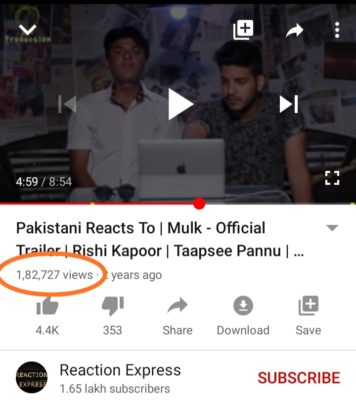
WhatsApp Image 2020-11-13 at 9.06.29 AM
Reaction videos- a soft power
Soft or cultural power needs to be seen in terms of how many viewers these reaction videos have and the impact it creates, says Vivek Mishra, research fellow, ICWA and deputy director of Kalinga Institute of Indo-Pacific Studies.
While channels with only 100-200 viewers cannot be termed as soft power, those with thousands of followers exercise some influence, says Mishra.
“Bollywood has given us the lateral space for people to manoeuvre and to put across their opinion. While Bollywood itself can be perceived as soft power, YouTube creators reacting to content, gain a stride of their own,” adds Mishra.
Recommended
“We are getting mentions in live sessions by other Indian YouTubers. Seeing the love we are receiving, we are thinking of planning an event to come to India and Bangladesh. We will also our friends from across the border to Kartarpur,” says the Namkeen Sach team.
The namak (salt) in the title of Namkeen Sach (salty truth) is to counter the mirch-masala (controversy) content promoted in YouTube, that promotes hate and distrust between India and Pakistan, says the Namkeen Sach team. That is what they aim to do in the future to counter the divide too, they add.
